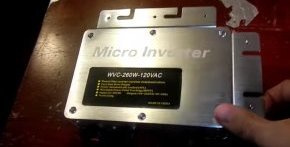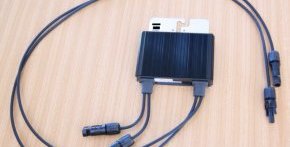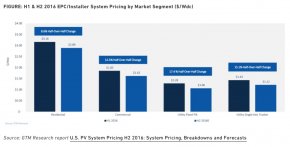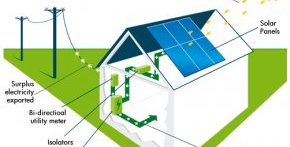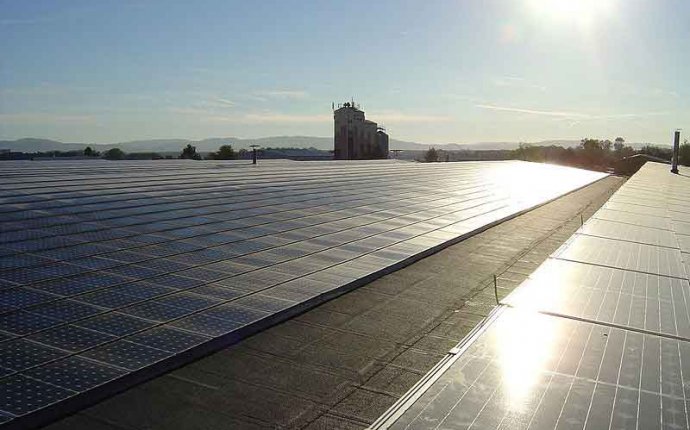
Why are solar Panels expensive?
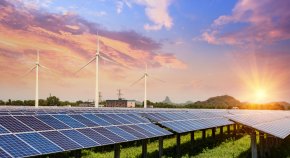 The good news is that the cost of solar electricity has drastically decreased compared to the price 40 years ago, going from $76 per watt in 1977 to about $0.65 per watt in 2016. However, there are a number of other factors – like the solar panels themselves, plus their installation and operation – that determine how expensive solar energy would be for you. To find out exactly what variables determine solar panels’ (often expensive) price tag, ENTITY talked with Barry Jacobson, president of, and certified solar PV installer at, Solar Impact.
The good news is that the cost of solar electricity has drastically decreased compared to the price 40 years ago, going from $76 per watt in 1977 to about $0.65 per watt in 2016. However, there are a number of other factors – like the solar panels themselves, plus their installation and operation – that determine how expensive solar energy would be for you. To find out exactly what variables determine solar panels’ (often expensive) price tag, ENTITY talked with Barry Jacobson, president of, and certified solar PV installer at, Solar Impact.
Whether you’re considering solar panels to help the environment or to decrease your monthly electricity bill, here’s a breakdown on the cost of solar panels and everything that goes into installing them…plus a few (monetary) benefits that could make solar worth the price and effort.
READ MORE: Solar Power: The Good, the Bad and All the Facts You Should Know
Solar Panels
If you’re thinking about solar, you should be happy that prices for the actual panels have dropped by 60 percent since 2010. On average, though, a homeowner can still spend between $4, 000 and $16, 000 – or, approximately 30 percent of their total solar budget – on residential solar panels. The price can vary based on the size of each panel, the material it’s made out of it and how many panels you need.
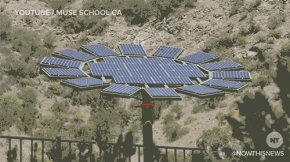 Besides looking at panels’ basic price tags, you can also figure out the cost of solar by comparing the price of the solar panels to how much electricity they can produce. For jargon lovers, this equation is known as the cost per watt ($/W). Because the panels’ power potential factors into your bottom line, the most expensive panels might not actually be the best for you. Instead, you should consider which kind of panels – ranging from those made with monocrystalline silicon solar cells to polycrystalline silicon solar cells – would work best for where you live, what kind of roof space you have and what amount of money you’re willing to spend. Whatever route you take, Jacobson says solar panels last an average of “30 to 40 years.”
Besides looking at panels’ basic price tags, you can also figure out the cost of solar by comparing the price of the solar panels to how much electricity they can produce. For jargon lovers, this equation is known as the cost per watt ($/W). Because the panels’ power potential factors into your bottom line, the most expensive panels might not actually be the best for you. Instead, you should consider which kind of panels – ranging from those made with monocrystalline silicon solar cells to polycrystalline silicon solar cells – would work best for where you live, what kind of roof space you have and what amount of money you’re willing to spend. Whatever route you take, Jacobson says solar panels last an average of “30 to 40 years.”
Solar Inverters Cost
Inverters, which make up about 10% of total costs, convert electricity from the solar panels into energy that can be used by plugs for wired products. In the words of your old physics professor: direct current (DC) is changed into an alternating current (AC). Inverters also allow electrical currents to be shut off, if necessary. On average, the inverters cost about , 000, according to Jacobson. One good piece of news, though: inverters are following the solar panel trend and dropped in price throughout 2016.
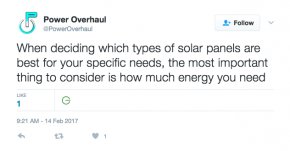 Before you write a , 000 check, though, you should know that there are two types of inverters: micro inverters and string (or central) inverters. Micro inverters are more expensive, and replacing them requires more work. Why would you bother with them, then? Micro inverters are installed on the back of each solar panel, which allows for maximum performance of each panel. (Basically, micro inverters are private tutors that help each panel earn an A+ in power productivity). Although more expensive initially, micro inverters also last longer than string inverters.
Before you write a , 000 check, though, you should know that there are two types of inverters: micro inverters and string (or central) inverters. Micro inverters are more expensive, and replacing them requires more work. Why would you bother with them, then? Micro inverters are installed on the back of each solar panel, which allows for maximum performance of each panel. (Basically, micro inverters are private tutors that help each panel earn an A+ in power productivity). Although more expensive initially, micro inverters also last longer than string inverters.
String/central inverters are easier to maintain because they do not have to be installed on each panel. Instead, one string inverter is intended to service all of your panels. The downside? Poor performance by one panel can affect the performance of other panels. Although initially cheaper, string inverters also typically have a shorter lifespan than micro inverters do.
